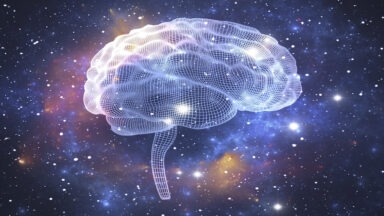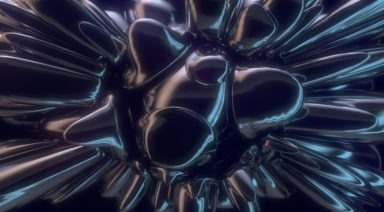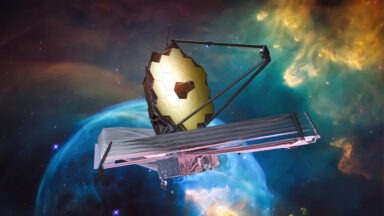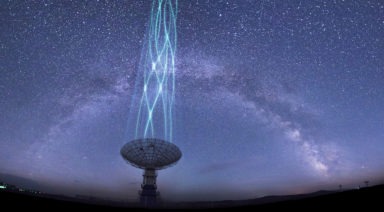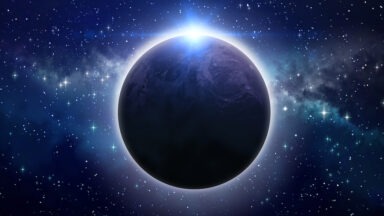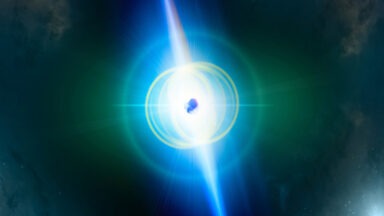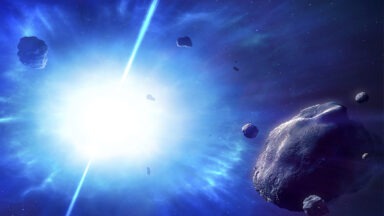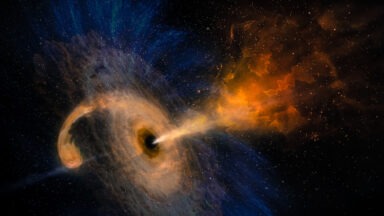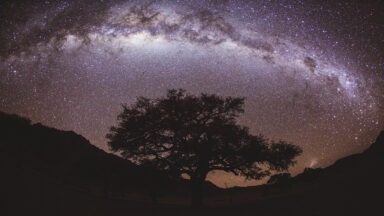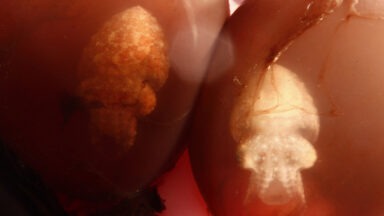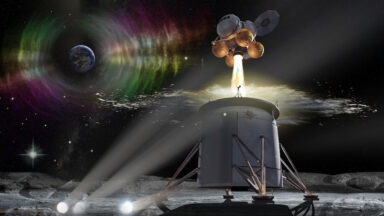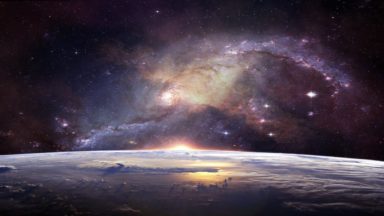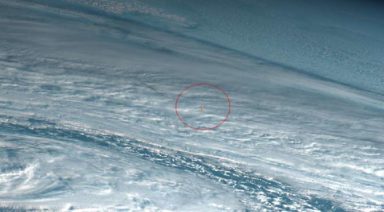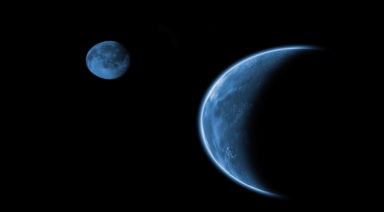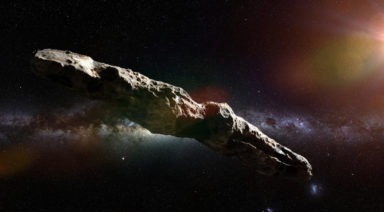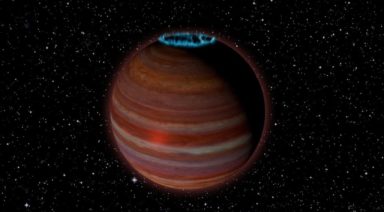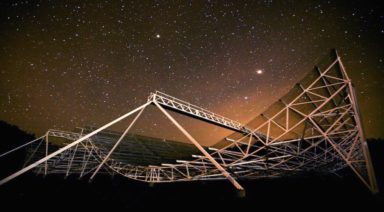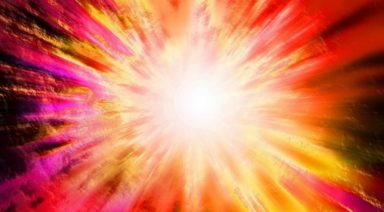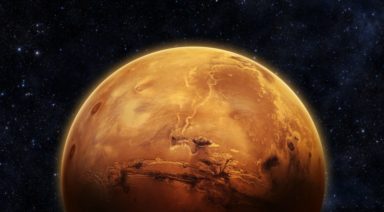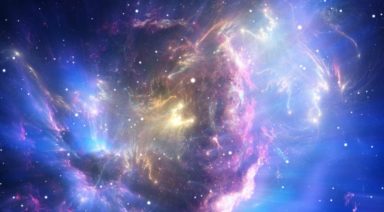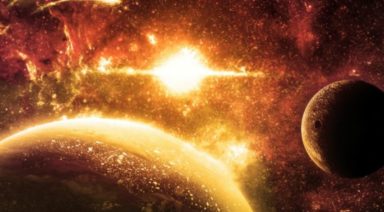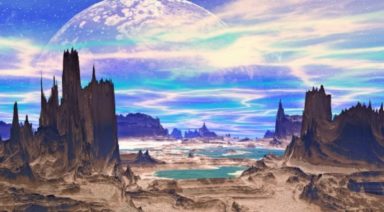Scientists Used This Mushroom to Generate Electricity From Light
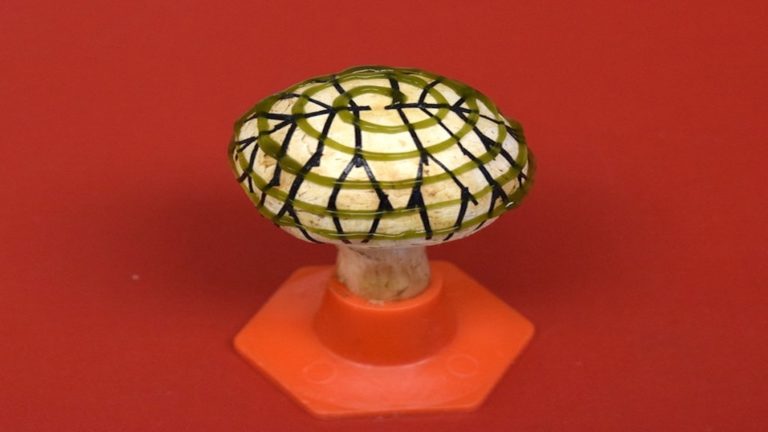
Scientists have bio-engineered a mushroom to generate electricity through photosynthesis as an organic alternative energy source. While the mushroom produced a relatively small amount of energy – less than what would be needed to power a lightbulb – it presents an opportunity for further development that could potentially lead to an entirely clean and organic fuel source.
A team, led by postdoctoral researcher Sudeep Joshi at the Stevens Institute of Technology in Hoboken, NJ, used a bio-ink to 3D print cyanobacteria – a microbe capable of turning light into electrical energy – onto the cap of a mushroom. They then shone a light on the mushroom’s surface, finding the bacteria generated small amounts of electricity.
The cyanobacteria used in their experiment has excited scientists, due to its ability to synthesize electricity from sunlight, though on artificial surfaces it doesn’t fare so well — hence the mushroom medium.
The mushroom’s surface provides nutrients for the bacteria to thrive, creating a diverse microbiota, similar to bacteria that thrive in our gut. The team is hopeful their research could one day be scaled by finding a method to pack bacteria more densely and by wiring a collection of mushrooms together. They say several mushrooms wired in this fashion could power a small lamp.
“Right now we are using cyanobacteria from the pond, but you can genetically engineer them and you can change their molecules to produce higher photo currents, via photosynthesis,” Joshi told the BBC.
“It’s a new start; we call it engineered symbiosis. If we do more research, we can really push this field forward to have some type of effective green technology.”
Mushrooms and different types of fungi have been found to be effective treatments for a number of environmental issues ranging from saving bee populations from myriad threats, to breaking down plastics, and cleaning up oil spills. This latest discovery may just prove that mushrooms can provide yet another solution to help us live cleaner, more efficient lives.
One of the foremost experts in the field of mycology pioneering many of these fungal solutions is Paul Stamets, who runs the website Fungi Perfecti. Stamets considers the vast networks of mycelia – the roots of a mushroom that can populate a cubic inch of soil with 8 miles of cells – to be the internet infrastructure of our planet’s consciousness. In fact, mushroom mycelia are the largest living organisms on the planet, making the prospect of using them for energy all the more exciting.
Additionally, bacteria and other microorganisms such as archaea, are some of the oldest lifeforms on Earth, most of which have not been yet studied by humans. This leaves an incredible amount of potential to use them to solve some of the major environmental and energy crises of our era.
For more on the myriad mushroom potential, watch this episode of Inspirations with Lisa Garr and Paul Stamets:
Is The Universe One Big Interconnected Neural Network?
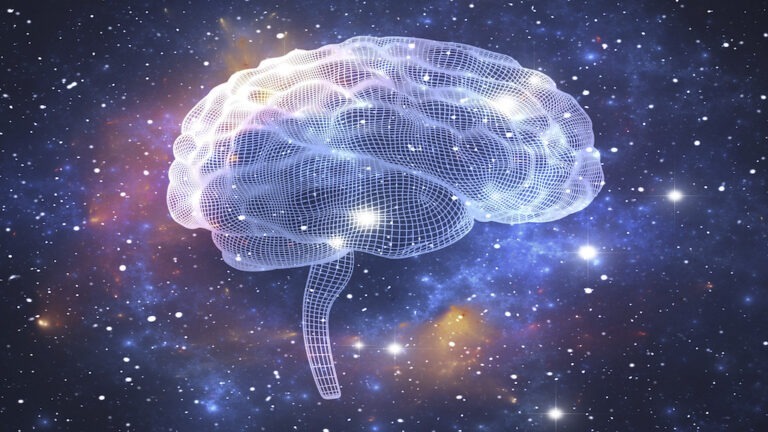
Is the universe an interconnected neural network? A new way of thinking is emerging about how different areas of physics and the universe could be connected to create a model that ties together traditional scientific thought with new ideas in quantum physics.
For years physicists have tried to unify classical and quantum physics. Classical physics goes back to the time of Sir Isaac Newton and is based on mechanical, physical equations; that everything operates like clockwork, predictably and knowably.
Quantum physics, on the other hand, looks at microscopic, subatomic scales and how they interact at the levels of particles, waves, and forcefields. But the fundamental laws of physics at this quantum level are the antithesis of their behavior at the classical level. Instead of certainty, you have uncertainty. So how do we connect these different views with a so-called “Theory of Everything”?
A recent paper by University of Minnesota Duluth Physics Professor Vitaly Vanchurin, argues that this seeming paradox can exist if the universe is connected in a neural network.


